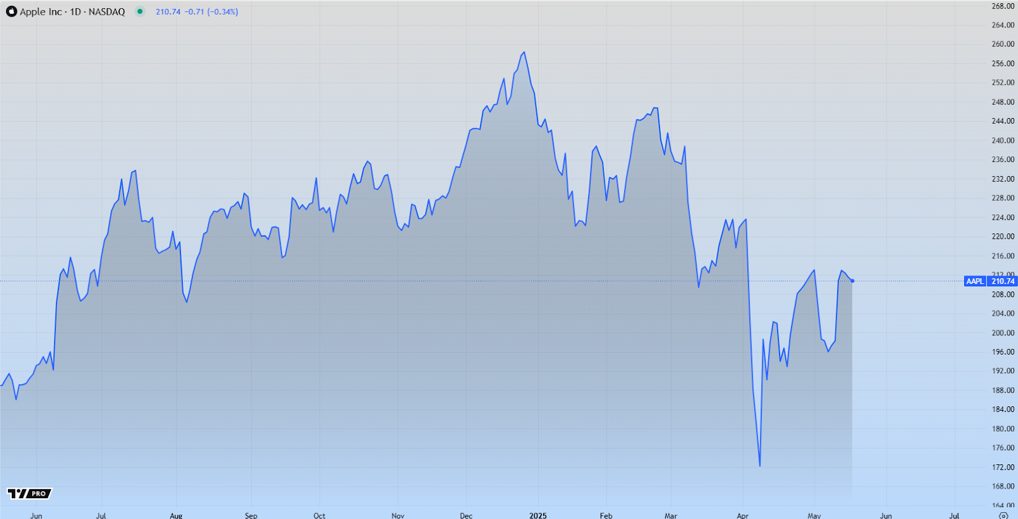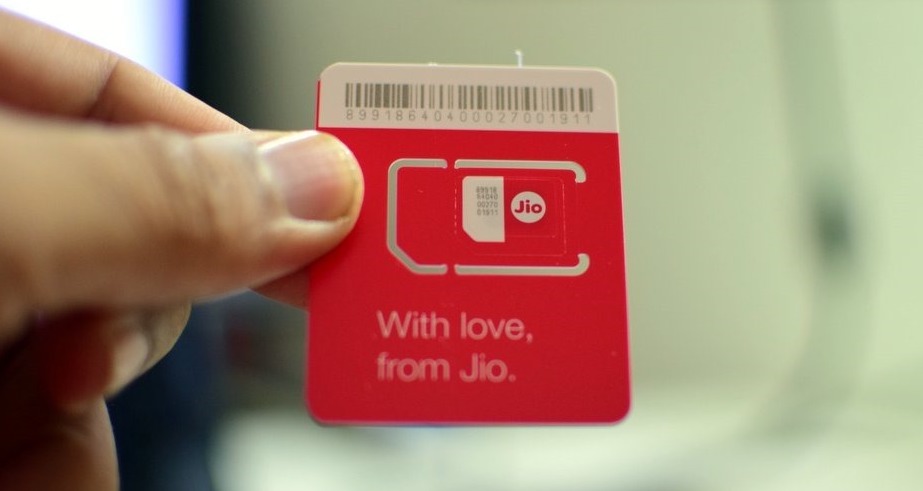In this article, we will try to help you decide on a color palette for your logo. This is one of the most important steps in creating a logo. After all, referring to many studies of the influence of the psychology of color on a person, we can confidently say that the right color can improve the visual perception of your brand and evoke the necessary associations, and as a result, increase the number of customers.
Logos of successful companies take up the entire color range. This indicates that there are no better or winning color solutions. Therefore, it is worth understanding the features of each before decorating your logo.

What Is A Logo?
Company logo: what is it? The word came to us from the Greek language and includes two concepts: “logos”, which translates as “word” and “typos” – imprint. Thus, a logo is a symbol or emblem that is used by a particular group of people.
The logo can be used both for the territorial designation of a community, and for commercial organizations, individuals, etc., in order to increase their recognition.
The logo can be stylized letters or abbreviations that convey the name, which should be recognizable, for maximum recognition, the logo can be used on the site.
Often, logos are used by commercial organizations to help the consumer visualize a particular organization through a graphical image. So, for example, when the name of a company is spoken, one can immediately imagine a graphic image.
The logo not only allows the company to stand out in a competitive environment, but also helps to increase the trust of partners and customers. The logo helps in promoting the product offered by the company, increases recognition.
Place your logo on:
- business cards;
- Product packaging;
- Banners;
- Announcements;
- Commercial offers;
- Title pages of company documents.
As a rule, it is the drawing that is stored in memory, and this is what the logo is designed for.
Meaning Of Colors
Red
Among the brands that have chosen this bright color for their logos are well-known Coca-Cola, Canon, Levis, H&M and others, you can see them below. The positive energy of red is associated with strength, passion, energy, fearlessness, admiration. But there is also a negative side – red can be associated with fear, danger, pain and threat.
Orange
Among the positive emotions that orange can cause are: friendliness, a burst of energy, warmth, a desire to start something new. Negative emotions can also arise: frustration, a feeling of deprivation of something, inertia.
Yellow
Positive characteristics that may arise under the influence of yellow: optimism, warmth, happiness, a desire to be creative, increased mental abilities. Among the negative ones: irrationality, fear, frustration, cowardice.
Green
According to color psychology, green is a symbol of health, freshness, nature, purity, and growth. Among the negative psychological associations about green are boredom, lethargy, sacrifice, weakness.
Blue
According to color psychology, blue is associated with the following feelings: trust, loyalty, consistency, serenity, security. Among the negative associations are coldness, callousness, isolation, unattractiveness.
Violet
According to the psychology of color, purple is associated with the following feelings: freedom, sophistication, fantasy, wealth. Negative emotions that purple can also cause are decadent mood, dejection, depression.
Black
In the psychology of color, black is associated with the following positive qualities: sophistication, elegance, security, strength, authority, content. Of the negative psychologists note: coldness, anger, danger, depression, depression, mourning.
White
In the psychology of color, he and his shade – silver – have the following positive characteristics: purity, innocence, simplicity, untouchedness. Of the negative characteristics: sterility, emptiness, detachment and indifference.
How To Choose A Logo Color
Possible options for food conditions – Coca-Cola, Red Bull and entertainment – Netflix. It should be used more carefully in the field of security and real estate – here it can weaken its aggressiveness. Red is a bright color and in large quantities can irritate, cause aggression. But to draw attention to a fast topic, red is suitable.
Orange also invigorates, but irritates and excites less than red. This is a softer version of a warm and bright color, not as aggressive, but in large quantities it can also tire.
Playful and bright orange will suit children’s and youth brands. Its shades can look cheap, so this color is also suitable for brands that offer products and services at low prices.
Some shades of yellow look cheap and, like orange, are good for inexpensive products. For example, it harmoniously looks in the logo of the Ryanair low-cost airline, is appropriate in the field of entertainment – Nikon, IMDb, suitable for children’s brands.
It should be used with caution in combination with black, it can cause alarm because it is used in warning signs of increased radiation, high voltage and biohazard.
Cold green will give freshness, imagine the image of mint on a chewing gum, bright will remind greenery and nature. Green in combination with natural beige and brown makes the image of the product more environmentally friendly. This technique is often used by cosmetic brands in packaging to evoke an association with nature and show that the product is natural.
Blue is a calm color that can be safely used in the technological and financial fields, in medicine.
Purple can evoke associations with magic, so it should be used with caution. Famous brands rarely choose it for packaging or logo design, so it’s easy to stand out with it. For example, Milka or Cadbury chocolates are immediately noticeable on the shelf of sweets.
This color is suitable for those brands that want to emphasize sophistication and show that the product is expensive. So do the brands Hugo Boss, Chanel, Camus. Even top quality teas and sweets are often packaged in black boxes.
White color is ideal for minimalist brands, and for those cases when you need to make friends with a lot of bright colors. It’s like a photographic passe-partout – with the help of white, you can add sophistication to the most vivid color photographs.
That’s all! We hope our tips will help you create the perfect logo!





